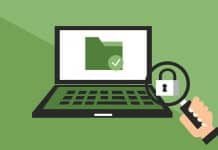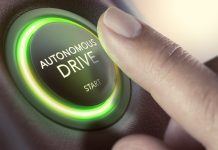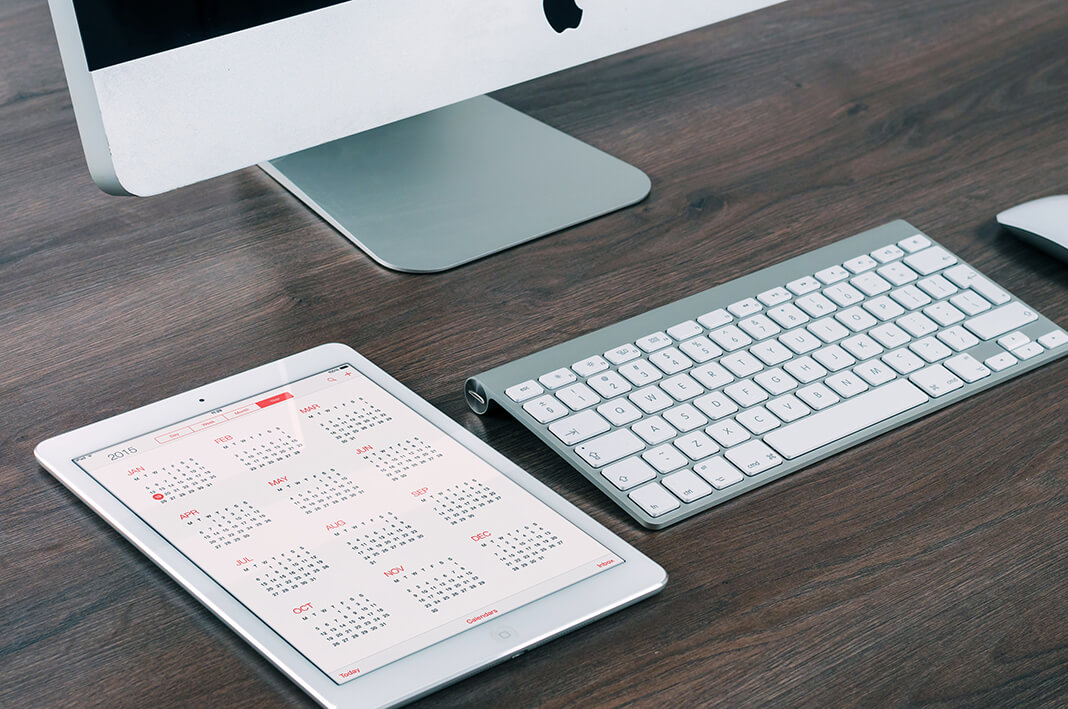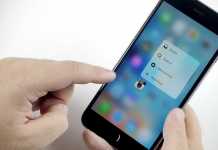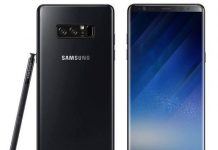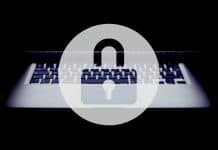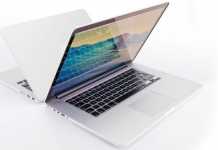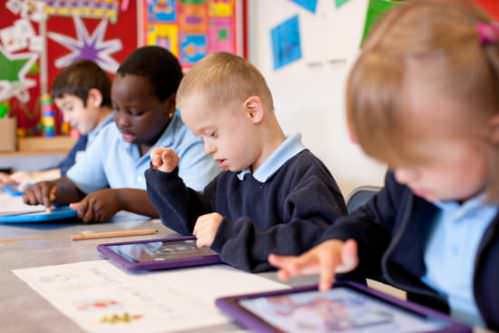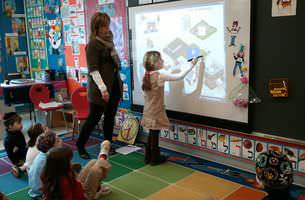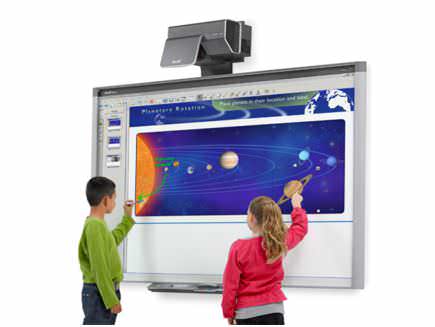A new born of today will ask for a smart phone or a tablet earlier than he or she would ask for a diaper change. And as they grow up, they’ll know technology a million times better than you ever will. The kids of today work with computers with utmost ease, have complete knowledge of the insides of a television set and video conference with other kids in their class, leaving you amazed and in awe. Call it evolution of the human race or mere convenience on the part of parents who know kids will stay pacified while their eyes are glued to their device. The truth is that the newer generation wants a lot more to do with technology.
This is why it is no surprise that modern methods of teaching are being devised for the children of today. They will not settle for the conventional paper and pencil and will want innovative methods to be taught with. There have been numerous debates on whether fusing technology and education would be for the best or just a means of spoiling kids into becoming more dependent on it. However, most teachers and parents now agree on the fact that to promote a good learning experience and to keep the students engaged, the use of technology in education has become a necessity.
What’s strange and almost disappointing is the fact that many people still consider technology in the classroom an air of fun and games and less of an environment for serious studying. We do believe that technology can be a little notorious in that sense, since it tends to boost the skills of students and instill in them the zeal to find out more from a very early age. Here’s what many educators think technology based learning does:
- Problem based learning as well as project based learning will force the kids to be more inquisitive, ask questions and be critical.
- Students will try to work together and connect with others in their own region or country and even those around the world.
- Polish the thinking skills of students and make them think out of the box.
- Engaging students in activities or studies that are bound to help them in their practical life, for instance, many schools are now teaching banking or detailed computer studies, so the students have theoretical knowledge as well as practical exposure.
- Let’s face it, the attention span of a student towards a newer method of learning would be much greater than solely listening to the teacher giving a lecture.
- The integration of technology in the classroom instills a feeling of excitement and an increased eagerness to learn.
- The world is only moving forward, not at all backward. Therefore, the addition of technology will prepare students for the future and help them tackle problems better.
There are innumerable ways schools and learning centers can incorporate technology in the classroom to facilitate the learning experience. These ways could be complicated or less complicated, expensive or cheap and of various different models. Sure, technology requires monitoring so there is no abuse of the Internet or any of the devices. It demands teachers to be more attentive and not let children misuse technology for activities not related to school or learning.
Some of the best ways using which technology is being introduced in educational institutes are:
-The Internet
There is obviously no point talking about the use of technology in education without making prominent the benefits of Internet usage. The Internet exposes students to a world of knowledge and informative material, teaches them very early on to filter out the required information from the useless one, helps connect different students and educators and makes the learning outcomes much better.
-Computers
Computers have been an integral part of the educational system for a while now, but they keep getting better and renewed. Computers, whether they are desktops or laptops, are being widely used for group studies, assignment and project completion, being used by teachers to assign work to students, interact with them and make learning easier with the help of pictures, audios and video demonstrations. They are also used for examination purposes and to take class tests or term tests. Computers used in the classrooms are installed with search engines so the students can conveniently search for topics and attain maximum knowledge. They also come with software like Microsoft Word or similar ones so the students are able to take notes and write papers. The use of computers is making learning for students easier and the teaching experience of teachers much simpler.
-Tablets
Tablets such as the iPad or Galaxy have now become popular devices within the classroom. They work much similar to the computers, however, they come with additional practical applications and best of all, they are portable and can be carried around, aiding in interactive study, group interactions and active researching.
-Mobiles or smart phones
Mobiles are the computers of today. They help with the teaching and learning experience because they are with the student most of the time. Termed as M-learning, using a mobile as an educational device is gaining immense popularity amongst teachers and students, because it is a device with a 24/7 availability. Equipped with all the necessary apps, search engines and communication methods, mobile devices may just substitute computers in the near future.
-Special applications (more popularly known as apps)
There are innumerable apps that have been created by educators for learning purposes. These come separately for all devices; computers, laptops, tablets and mobiles but are always readily available. Some of them are free while others come at a minimal cost. Previously, apps have been frowned upon for not having the correct information or just being ‘time kill’, but they undoubtedly spark an interest in the students. Some of the widely used educational apps include;
- Edmodo: Much like Facebook or any other social network, this app helps the entire class to interact and stay connected, while having only educational and class-related stuff being posted.
- EduBlogs: Enhance the writing skills of the class by engaging them into writing blogs, speaking up, letting everyone know what is on their mind and simultaneously polishing their writing skills.
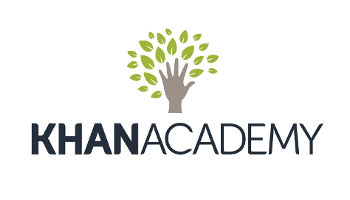 Khan Academy: Topping the lists for being useful and informative, Khan Academy has hundreds of lectures, quizzes and teaching material for a variety of subjects like mathematics, finance related subjects and science related ones. Teachers can take great advantage of this app.
Khan Academy: Topping the lists for being useful and informative, Khan Academy has hundreds of lectures, quizzes and teaching material for a variety of subjects like mathematics, finance related subjects and science related ones. Teachers can take great advantage of this app.- Planboard: Planboard is another angel in disguise for teachers, only it works in a different way. With Planboard, teachers can organize their lectures, the class work and homework schedule, the topics in the syllabus that have been covered and those that are still left and plan out the day perfectly.
- Google Docs: This application helps teachers share their lectures, previous quizzes, documents and presentations with students conveniently. It also lets students exchange notes amongst each other easily.
- Aviary: With students becoming so tech-savvy, teachers have to try and stay up to date with their lectures and presentations as well. This is exactly why Aviary is a great tool. It helps in editing images and modifies audio clips or videos to make them interesting for the class.
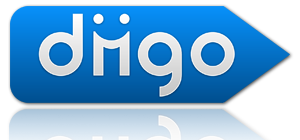 Diigo: This application makes the checking of test papers for teachers so much more convenient and hassle-free. They can highlight whatever text requires it, can bookmark things, take their own notes related to a specific paper and even add sticky notes for the student to be able to understand their mistakes. The app can also be used by students to read up and study their notes easily and remember things later on.
Diigo: This application makes the checking of test papers for teachers so much more convenient and hassle-free. They can highlight whatever text requires it, can bookmark things, take their own notes related to a specific paper and even add sticky notes for the student to be able to understand their mistakes. The app can also be used by students to read up and study their notes easily and remember things later on.- CorrotSticks: This app was made so fewer students would hate math! Designed to facilitate the life of math teachers and math haters, this app has a huge number of math games that make learning the subject fun and addictive.
The modern whiteboards can work with a pen or even a finger. They can also serve as projector screens and display pictures or video with a very high quality display. This whiteboard can be used similar to the ‘paint’ application in computers; students can draw, fix their images or erase them completely and draw new ones, create images including many different shapes, sizes, colors and types that can also be saved. The whiteboards can be ‘switched on’ when needed and ‘switched off’ whenever a class ends.
-Multimedia system and projector/LCD screen
This may be an older mode of technology for any institute but definitely, still, the most popular one, since without a multimedia system and projector, LCD screen, or LED displays, most of the technology is useless and incomplete anyway. Its usage is really vast; the system is used for lecture delivery, slideshows, showing videos or even entire movies to students when required, viewing of pictures and many other uncountable benefits. The more innovative teachers have also started class ‘game shows’ similar to ‘Who wants to be a millionaire?’ and other quizzes, which bring excitement and competition to the classroom.
Digital cameras are being used for a variety of reasons now. Art teachers use it to take pictures of art and display them in the classrooms, science teachers need them to capture images of plants and animals and drama or music teachers need them to take pictures of the different plays or musical performances that have been carried out by the class. The students can then use these pictures to, for instance, identify art or plants, learn from their mistakes when they look at their pictures later and enjoy them as well.
-Online media, social media and eBooks
Websites such as YouTube are considered a no-no in classrooms. However, apart from leisure time videos, these sites also have numerous useful videos that help you in studying, for instance by providing step by step tutorials in making a science project. Professional videos are also available that reveal different tips and tricks. Social media is now being used as an educational tool as well. Twitter is being used by students for ‘mini blogs’ and classes now have Facebook pages that help students communicate and solve issues. Even though books are still loved when read the old fashioned way (funny how we call it the old fashioned way now!), eBooks are a much loved option as well. Books, fictional or text books can now conveniently be downloaded and studied.
The educational system is evolving. It is absurd to think that failure to bring the newer technology within the classroom will not have disastrous consequences. It will! Children are becoming more demanding when it comes to technology and newer devices; they are using these devices widely at home and prefer taking them to school as well.
However, it is important to let there be a balance between old school ways and methodologies and the newer trends. Going overboard with technology in the classroom will have negative results too. Technology cannot substitute for handwriting, pen handling or giving direct attention to the person standing right in front of you, all of which are learnt at a very early age. The key is to keep the perfect balance.
The technological world is moving at a very fast pace and along with it, so is the new generation. For the schools to maintain their modernity and for the educators to stay up to date with the newest trends, it is important to adopt newer and better teaching methods, use devices that aid in learning and come up with more innovative ways constantly to keep the interest level high. It may be too much to ask from the teachers, but the use of technology in education has become a necessity now and not just an option they may or may not avail themselves of.




